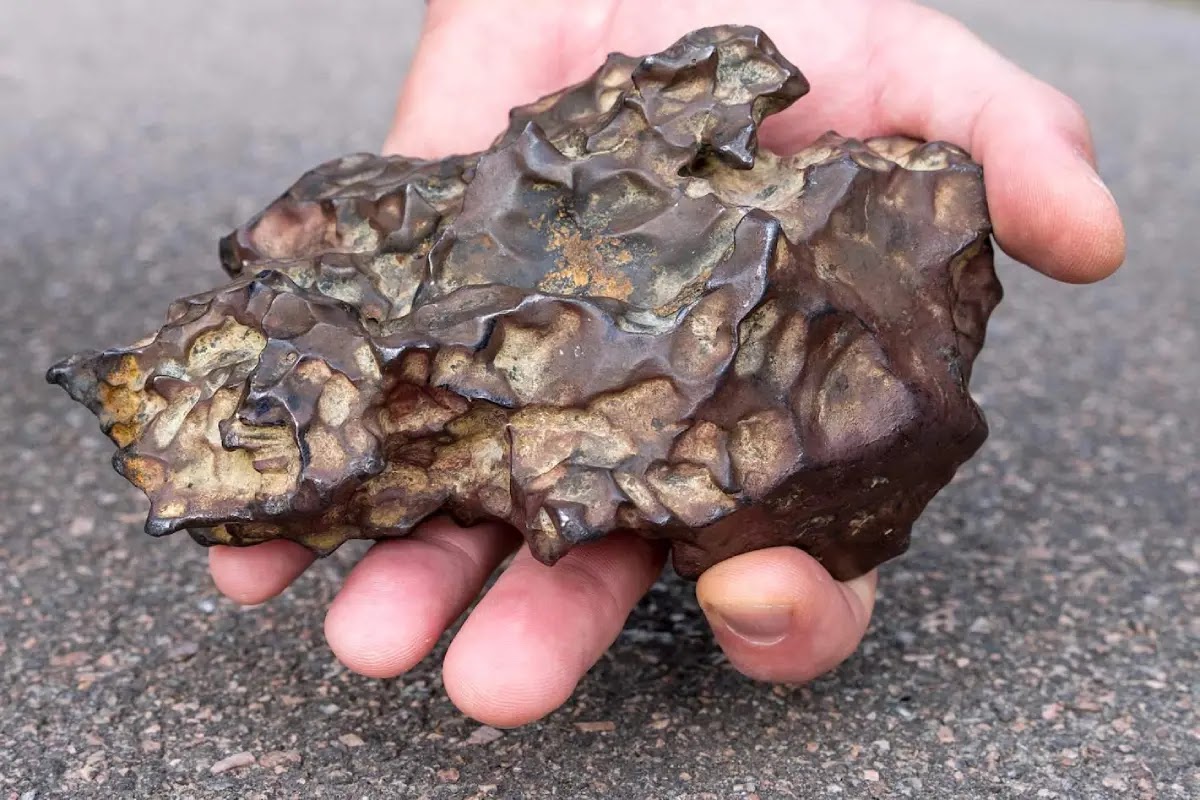By: Irvin Ji
In 1976, a forest ranger named Josef Peffeferle was clearing up an avalanche in the Austrian Alps when he found a dark rock that looked out of place. He brought it back home and kept it in a box. There it remained until 32 years later, when he heard about a meteor that was discovered in Austria. Intrigued, he brought his rock to a university to be analyzed.
Scientists determined the rock was a meteorite, one very well preserved by Josef Peffeferle.
Dr. Gritsevich, a planetary scientist from a Finnish university, thought that if it came to Earth relatively recently, then one of the German sky-viewing cameras may have caught a video of it. Dr. Gritsevich and her colleagues found and digitized pictures of meteors from the German Aerospace Center in Augsburg. They made estimates of the meteorite’s size, shape, velocity and angle of entry. They eventually matched Peffeferle’s rock with the Ischgl meteorite.
They concluded that the meteorite had come over the horizon on November 24th, 1970, 6 years before Josef had found it and took it home. They also deduced that it was from inside our solar system, orbiting the sun. The speed, roughly 45,000 miles per hour, was too slow to be from outside of our solar system.
However, Peter Brown, another planetary scientist, says that it might have come down to earth earlier than 1970. He says that the alpine environment has preserved it well, and it could easily survive over 6 years.
Either way, it was still an interesting discovery. See you next time for more interesting news like this.











